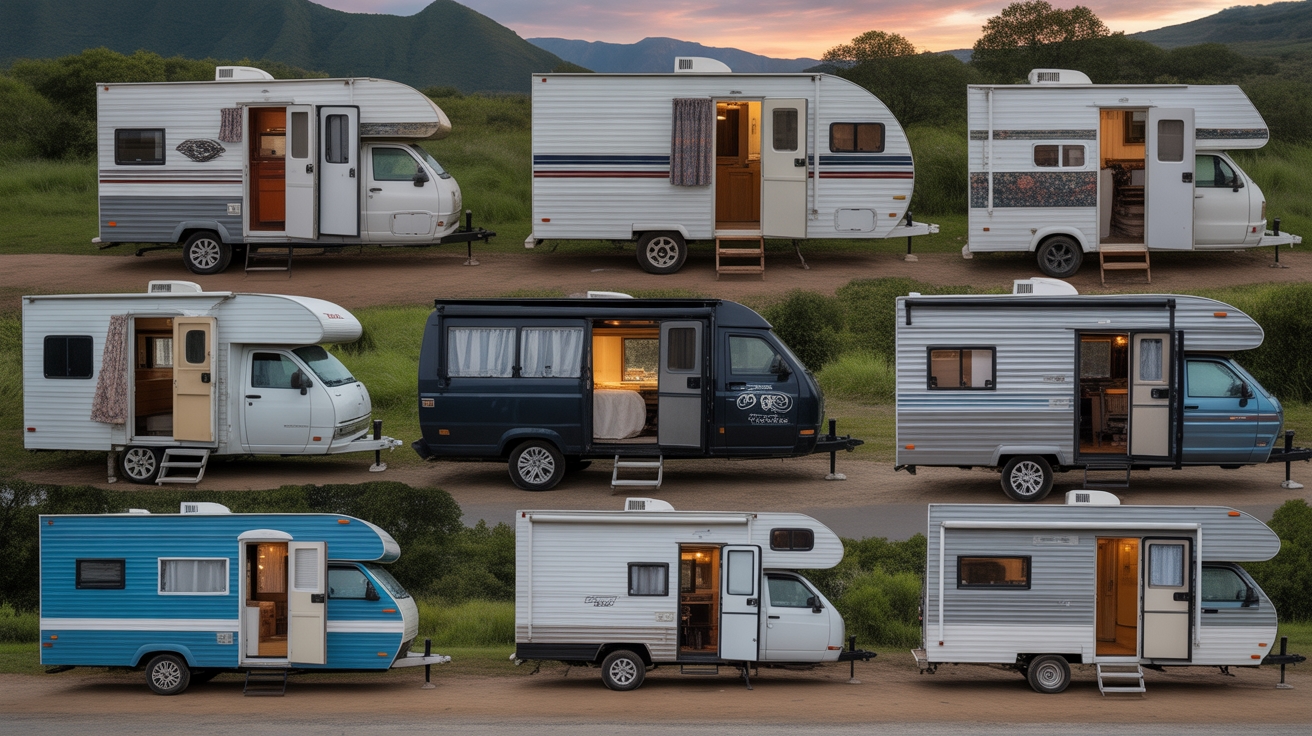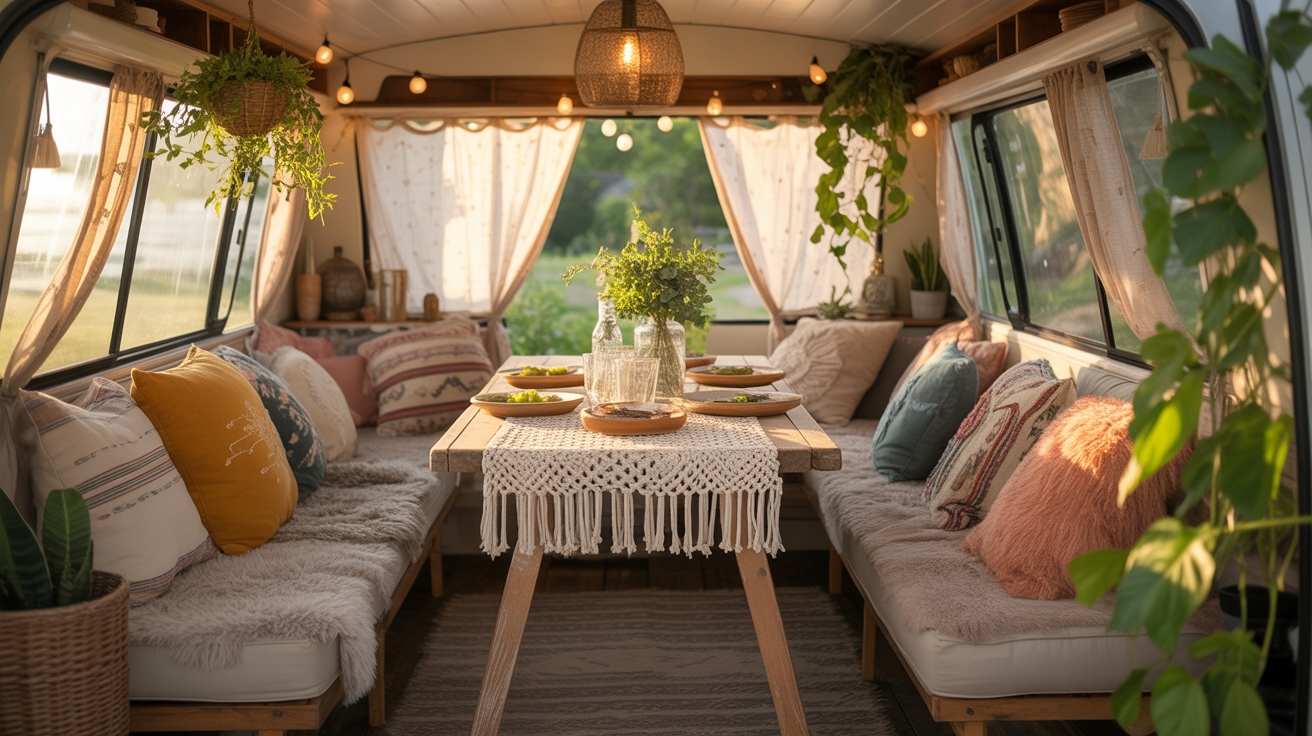Isn’t it funny how a simple hike can lead you straight to a bustling café? When you’re out exploring, you want outfits that shift effortlessly from the trail to the town.
Layering becomes your best friend, offering comfort and style no matter where you end up. But what exactly should you look for in fabrics and designs that make this transition seamless?
Let’s break down how to choose the right pieces for your next adventure.
The Importance of Layering for Versatile Outfits

In terms of outdoor adventures, layering is your secret weapon for creating versatile outfits that can adapt to whatever nature throws at you. Start with a moisture-wicking base layer to keep you dry, then add an insulating middle layer, like fleece or wool, for warmth.
Mastering the art of layering requires understanding how each piece works together within this three-part system, allowing you to easily adjust layers based on temperature and activity, ensuring comfort throughout the day.
The importance of layering clothes lies in its ability to manage moisture and protect from harsh elements. An outer layer shields you from wind, rain, and snow. This three-part system lets you easily adjust layers based on temperature and activity, ensuring comfort throughout the day.
SEE THIS: How to Store Your Hiking Boots So They Last Longer!
Choosing Moisture-Wicking and Quick-Drying Fabrics
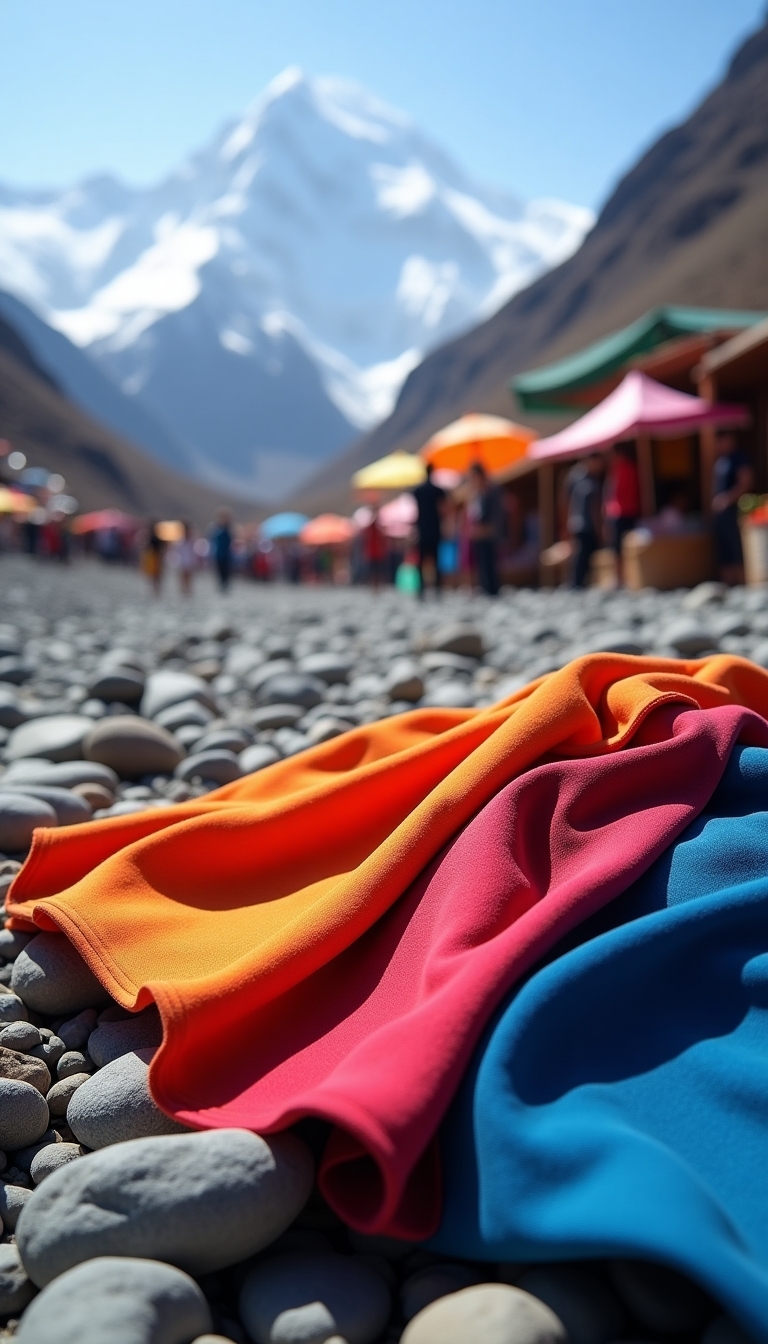
When you’re gearing up for an outdoor adventure, choosing the right fabrics can make all the difference in your comfort and performance.
Opt for moisture-wicking and quick-drying materials like polyester and nylon; they efficiently manage sweat and dry rapidly, keeping you comfortable on the go. Merino wool offers warmth and regulates temperature but takes longer to dry.
Polyester’s hydrophobic nature repels rain and prevents saturation, making it an excellent choice for unpredictable weather conditions. Additionally, these fabrics are treated with antimicrobial agents to resist odor, ensuring you feel fresh during extended wear.
SEE THIS: Pinterest-Perfect Hiking Outfits for Every Summer Adventure!
Multi-Use Clothing: Maximizing Your Packing Efficiency
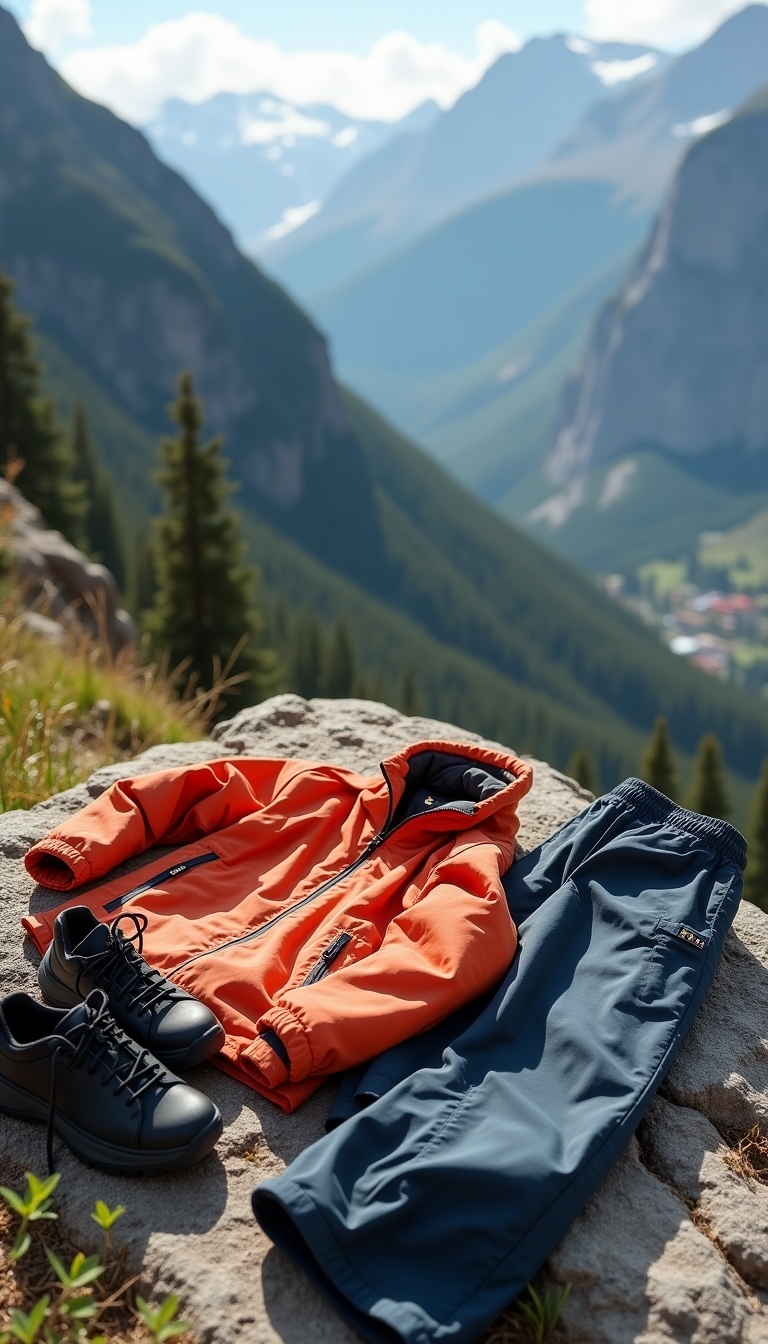
Maximizing your packing efficiency is essential for any backpacking trip, and multi-use clothing is your best ally in this endeavor. By opting for versatile pieces like the Chrysalis Cardi by Encircled, you can transform a single item into a dress, top, or scarf.
This adaptability not only saves space but also allows for easy styling in diverse cultural settings. Dark-colored fabrics resist dirt, so you can look fresh even in dusty conditions.
Layering with multi-functional apparel helps you adjust to varying climates while minimizing the need for extra items.
SEE THIS: Aesthetic Hiking Gear to Match Your New Boots!
Essential Accessories for Changing Weather Conditions
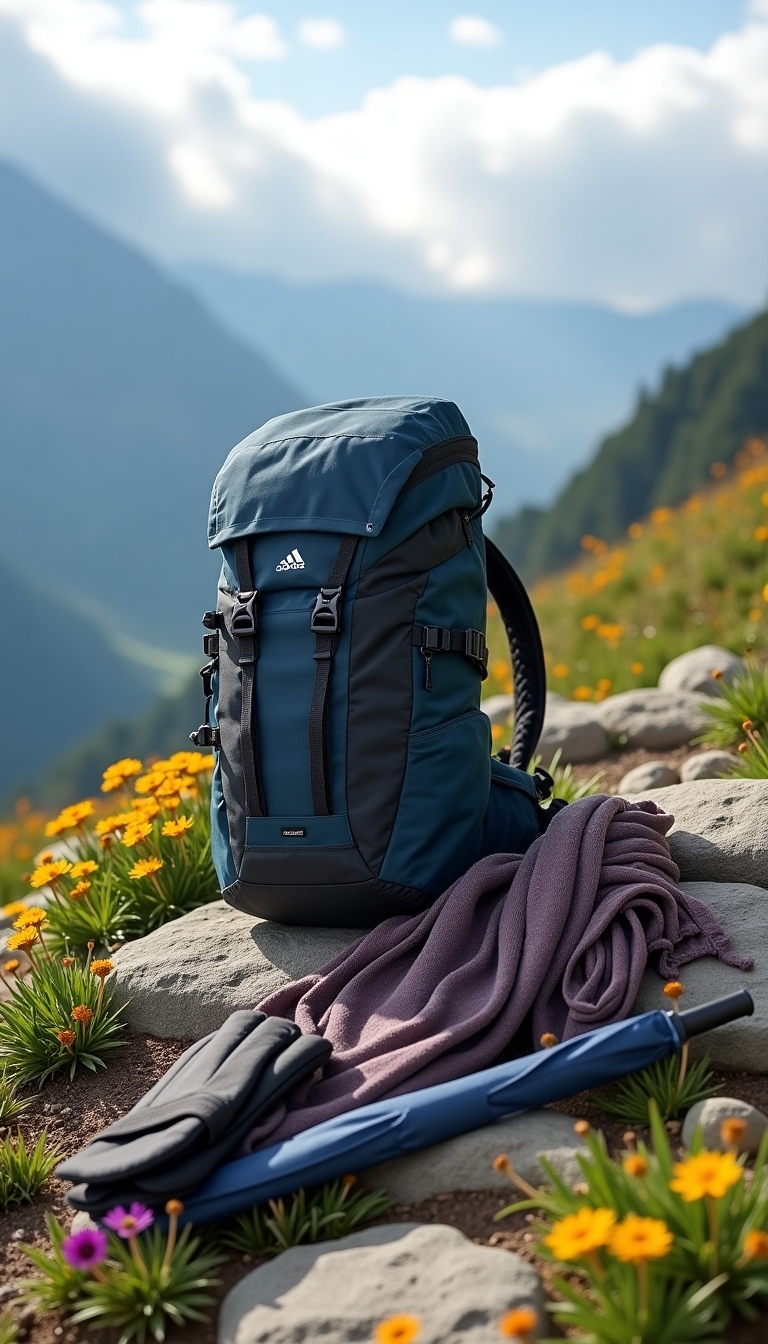
As you gear up for your next backpacking adventure, staying prepared for unpredictable weather can make all the difference between a comfortable trek and a challenging ordeal.
Essential accessories like lightweight rain jackets, such as the Columbia Outdry Ex, keep you dry without adding bulk.
We love waterproof hat; the Sunday Afternoons Ultra Adventure Storm Hat packs flat and shields you from rain and sun.
For your hands, convertible waterproof mittens are invaluable in wet conditions. Keep your feet warm with NRS HydroSkin Wet Socks, perfect for cool, rainy days.
Balancing Style and Functionality in Backpacking Clothes
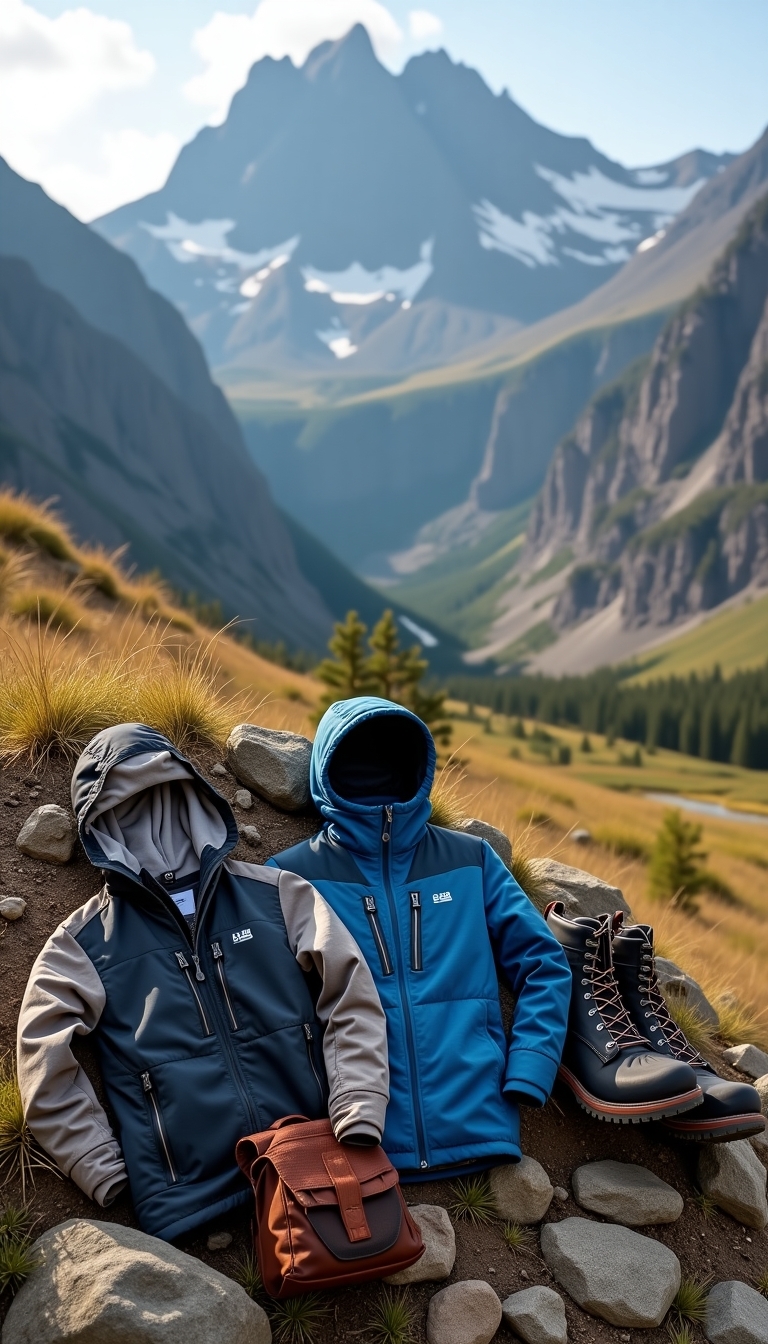
Finding the right balance between style and functionality in backpacking clothes can feel like a formidable task, especially when you’re trying to look good while remaining practical on the trail.
Start by embracing a layering system: moisture-wicking base layers, insulating mid-layers, and weather-resistant outer layers adapt to changing conditions.
Layering allows for adaptability to changing conditions, enabling maximum warmth or cooling as needed.
Choose versatile neutrals like black and gray for easy mixing and matching. Opt for breathable fabrics that dry quickly, ensuring comfort during your adventures.
Lightweight and Durable Accessories to Reduce Weight

When you’re gearing up for a backpacking adventure, every ounce matters, and opting for lightweight and durable accessories can significantly lighten your load without compromising comfort.
Consider ultralight sleeping pads at just 7.6 ounces and inflatable pillows like the Zpacks model at 1.4 ounces; these make a world of difference.
For organization, lightweight gear nests weigh around 0.4 ounces, while trekking poles and parts keep you stable without adding bulk.
Investing in ultralight shelter options like a lightweight tent can greatly reduce your total pack weight.
The Role of Innovative Fabrics and Smart Technology
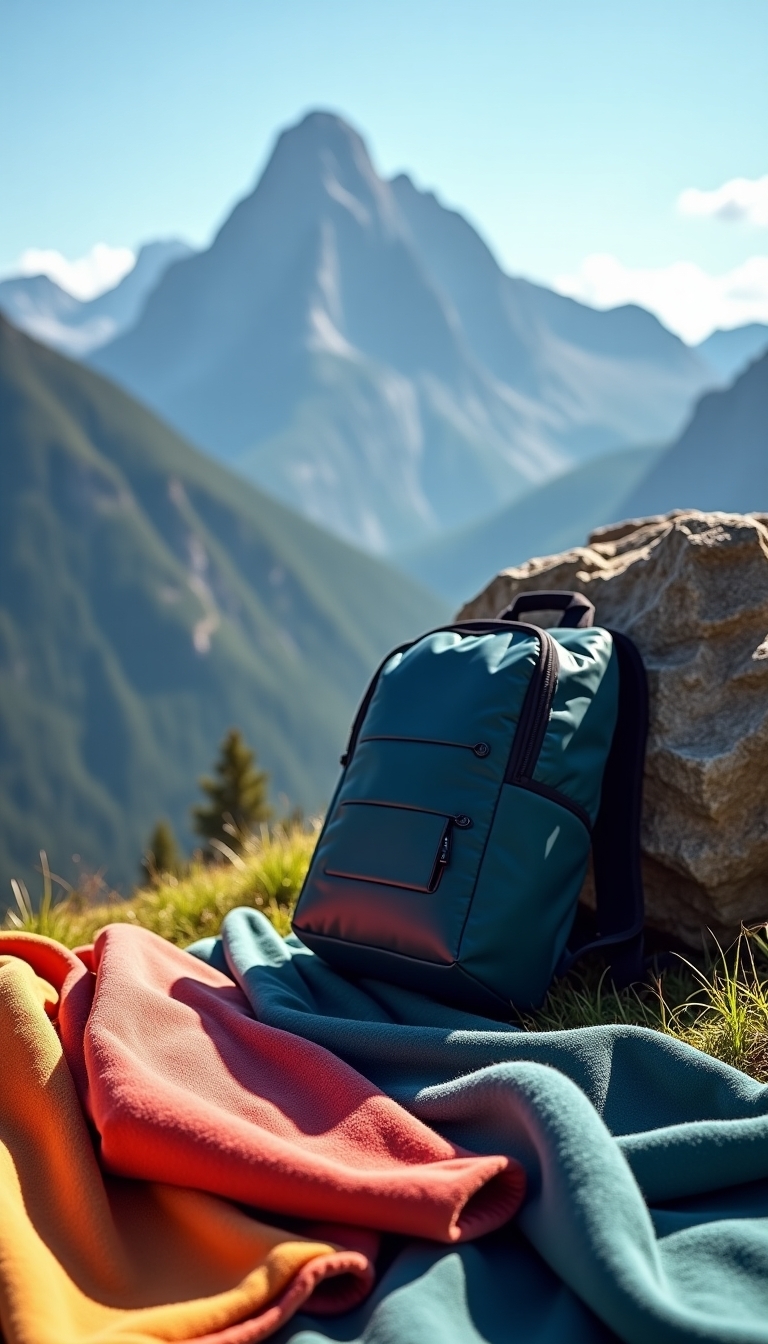
Innovative fabrics and smart technology are redefining the way you experience backpacking, making your adventures not only more comfortable but also more efficient.
Imagine using gear made from ultra-light Dyneema or waterproof X-Pac fabric, offering durability without the bulk. These materials stand up to harsh conditions while keeping your load manageable.
Smart features like adjustable load systems and integrated sensors help distribute weight evenly, ensuring you stay balanced on the trail. Plus, with waterproof zippers and reflective materials, you’re not just organized; you’re also safe and ready for any weather.
Sustainability in Outdoor Clothing Choices
As you plan your next outdoor adventure, it’s essential to take into account the sustainability of your clothing choices, not just for your comfort but also for the health of our planet.
Opt for brands that use sustainable materials like recycled polyester or organic cotton, as they minimize environmental impact. Look for companies embracing circular business models, ensuring their products can be recycled or upcycled.
Seasonal Gear Considerations for Year-Round Adventures
Choosing the right gear for your backpacking trips can feel intimidating, especially since each season brings its own set of challenges and requirements.
In summer, lightweight, breathable clothing is essential, along with waterproof jackets to handle unexpected rain. Lightweight backpacking gear is also recommended for camping to enhance your overall experience.
As temperatures fluctuate in spring and fall, moisture-wicking base layers and insulated mid-layers keep you comfortable. Fashion’s connection to culture is evident in how specific materials and designs are chosen for different climates.
When winter hits, insulated, waterproof jackets and pants become important for warmth. Don’t forget your footwear; waterproof, insulated boots are necessary for winter adventures, while lighter options work best in warmer months. Always consider your camping equipment, choosing tents and sleeping bags tailored to the season.



